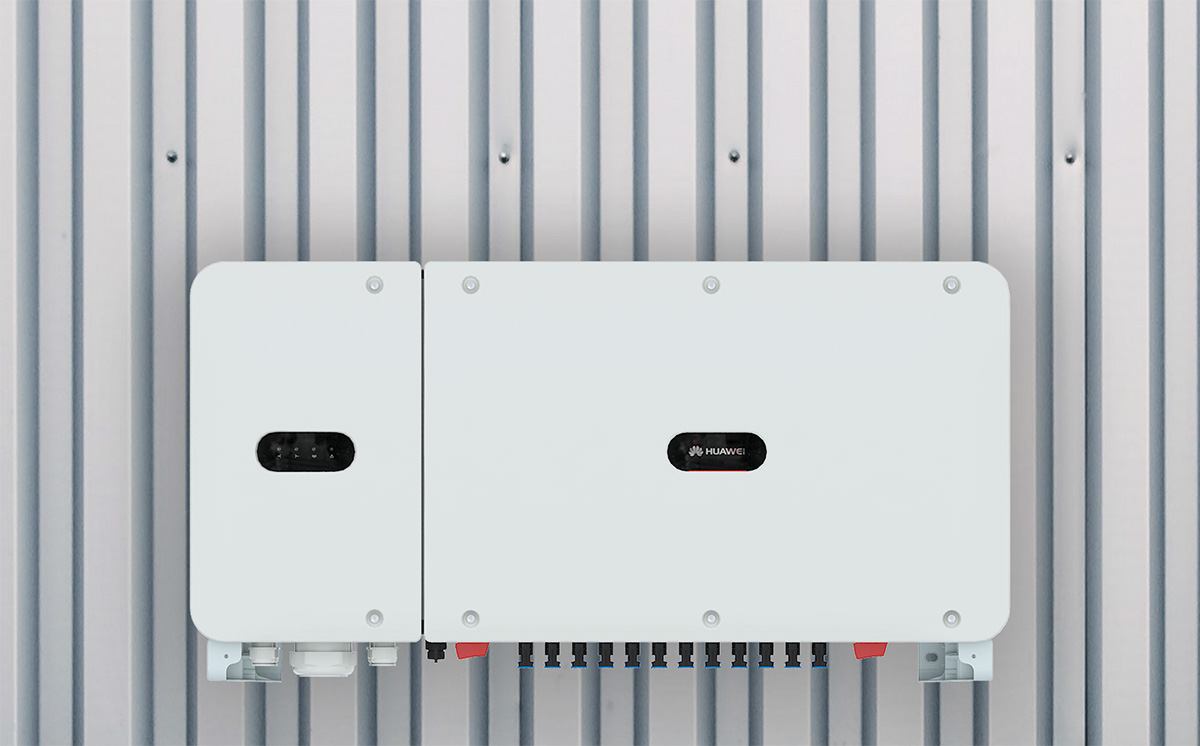This website uses cookies so that we can provide you with the best user experience possible. Cookie information is stored in your browser and performs functions such as recognising you when you return to our website and helping our team to understand which sections of the website you find most interesting and useful.
Using solar energy to reduce the environmental footprint of rubber component production
The production of rubber components is an energy-intensive process. By comparison, SIC’s factory in Pásztó consumes the equivalent electricity of about 310 average Hungarian households per year. In order to reduce our grid load and our carbon footprint, we have set a goal of installing a solar power plant that can cover approximately 10% of our energy needs.
Our facility roof has provided the perfect location for the installation of the solar panels, the system has been successfully built and is now in operation. In this article we report:
- on the future sustainability aspects of the investment,
- the features of the installed system, and also
- our expected results and savings.
Future-proof investment in industrial energy use is a top priority
The positive impact of a solar system in industrial processes can be approached from two sides:
- On the one hand, in economic terms, it reduces the cost of electricity consumption from the grid, because the solar panel generates electricity in the daytime, during working hours, when it can be used immediately.
- On the other hand, it has a significant positive impact on the environment as the electricity it generates comes from a purely renewable energy source.
The lifetime of each solar module is limited, but the mounting structure, the wiring and the inverter are a long-term investment. The latter is covered by a warranty of up to 20 years. In addition, modern inverters also offer the possibility of battery energy storage, which is expected to be a development in the near future.
More about the system we have installed
The consumption of the SIC factory is around 776 MWh per year, compared to this, the installed solar system has a peak power rating of 60 kWp. This is provided by 156 monocrystalline solar modules. The installed inverter has a maximum efficiency of 98.5% and a Smart Logger is integrated into the wiring, allowing the system’s operation and results to be monitored continuously.

Huawei inverter
The gable roof of our production building is covered with a trapezoidal sheet, with one side facing north-east and the other south-west, with no trees around the building to shade the solar panels.
In our case, the second is the suitable surface for the installation of the solar panels. Generally speaking, the average Hungarian PV – photovoltaic – output for solar panels installed in a south-facing orientation is 1400 – 1500 kWh/m2.
Under the given circumstances, and based on average conditions in Hungary, we expect the system to generate more than 65 MWh per year.
Significant results expected from the operating solar power plant
The cost savings in the current market environment can be significant: up to HUF 2.5-3 million per year, depending on the electricity rates. The greenhouse gas emissions associated with our production will also be significantly reduced, with an expected decrease of nearly 50 tonnes per year.
This is the equivalent of 378,000 kilometers of emissions from an average car, or the annual emissions of 12 average gas-heated houses. So with this investment we are taking a significant step towards a cleaner future.
At SIC, we are not only committed to high quality manufacturing technology, but also to continuously reducing the environmental footprint of our operation.

